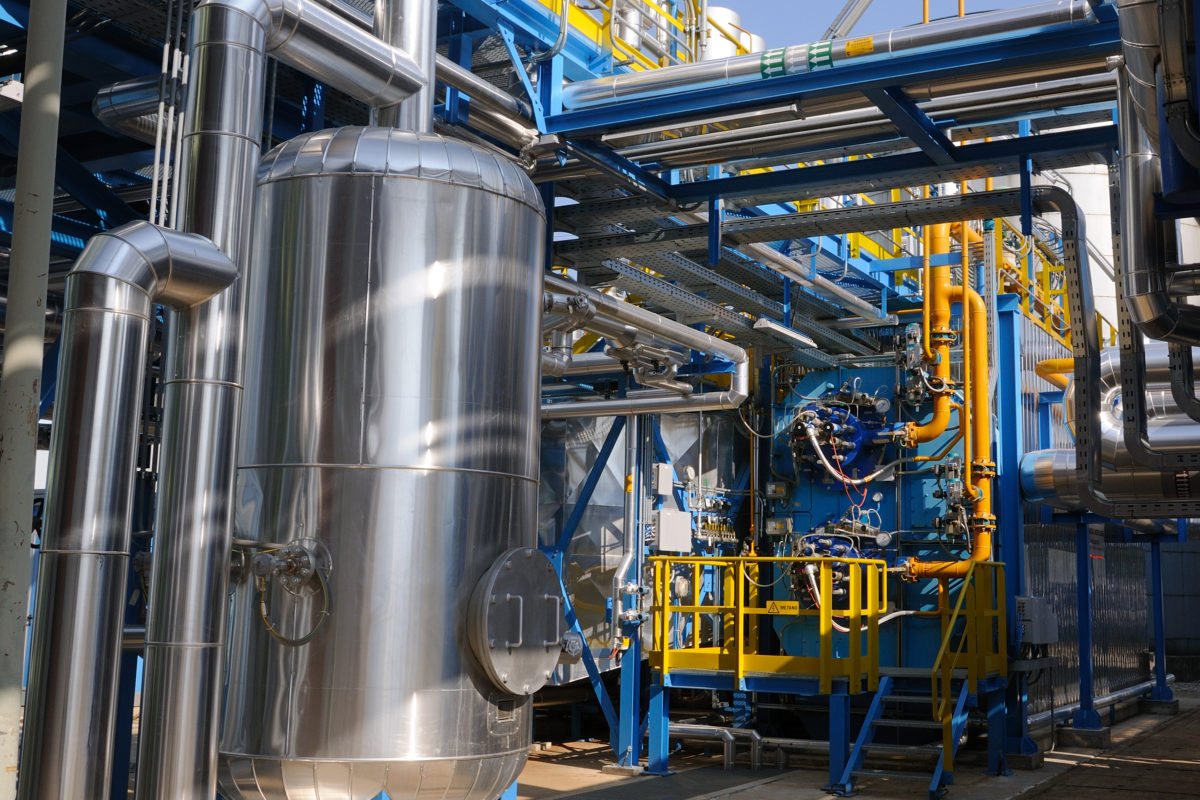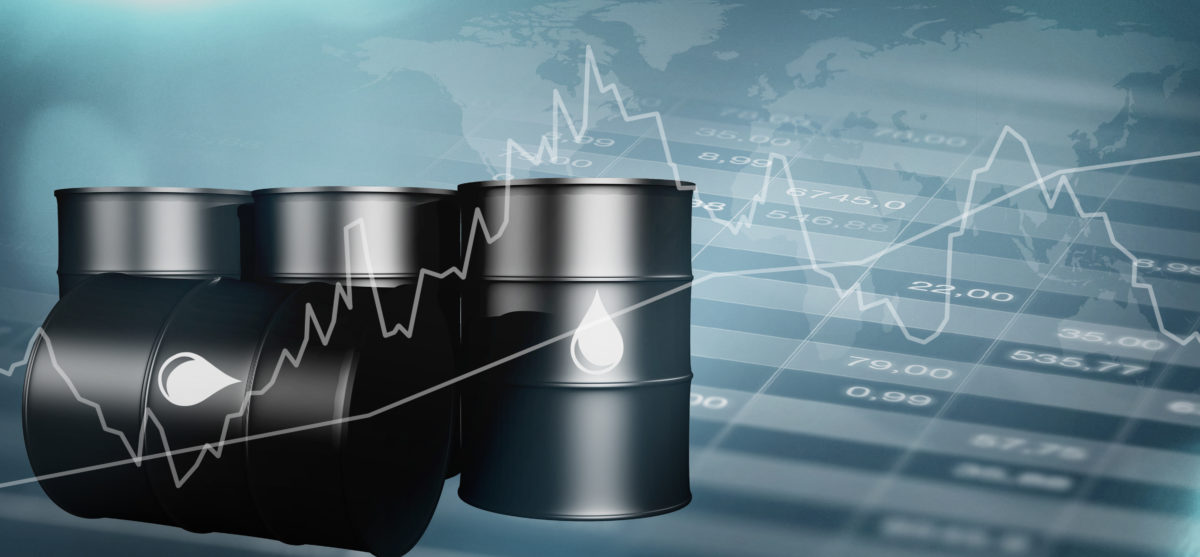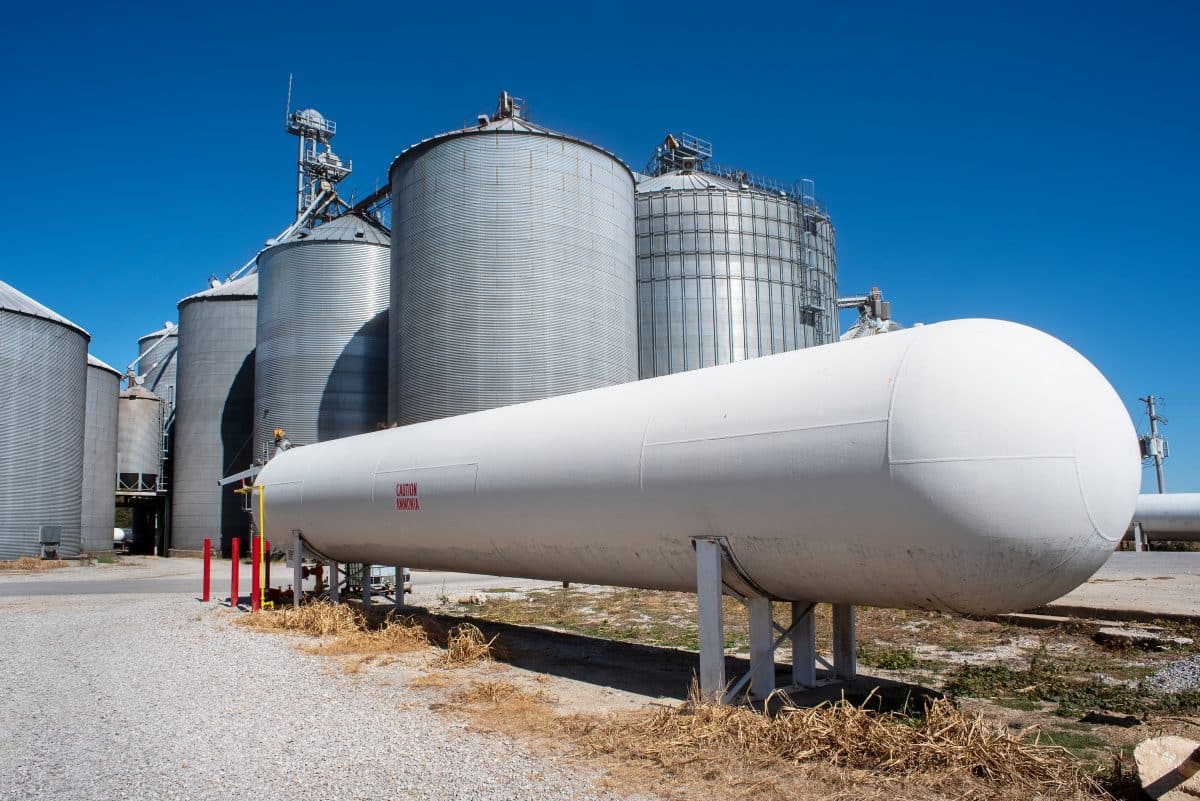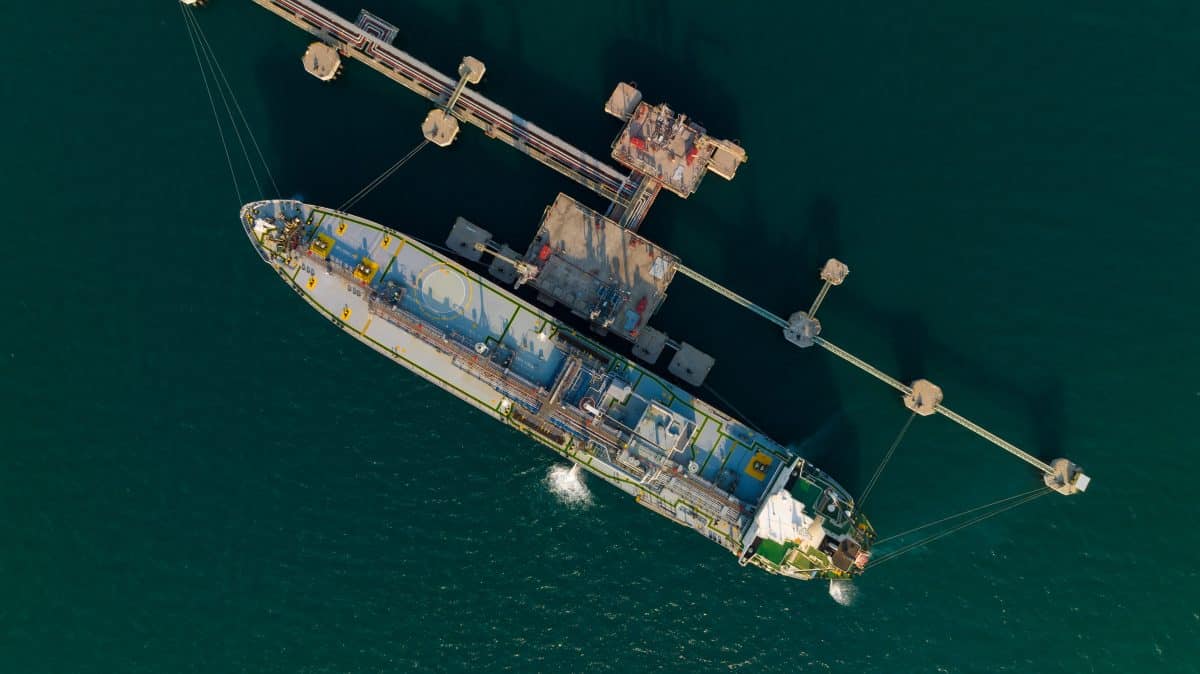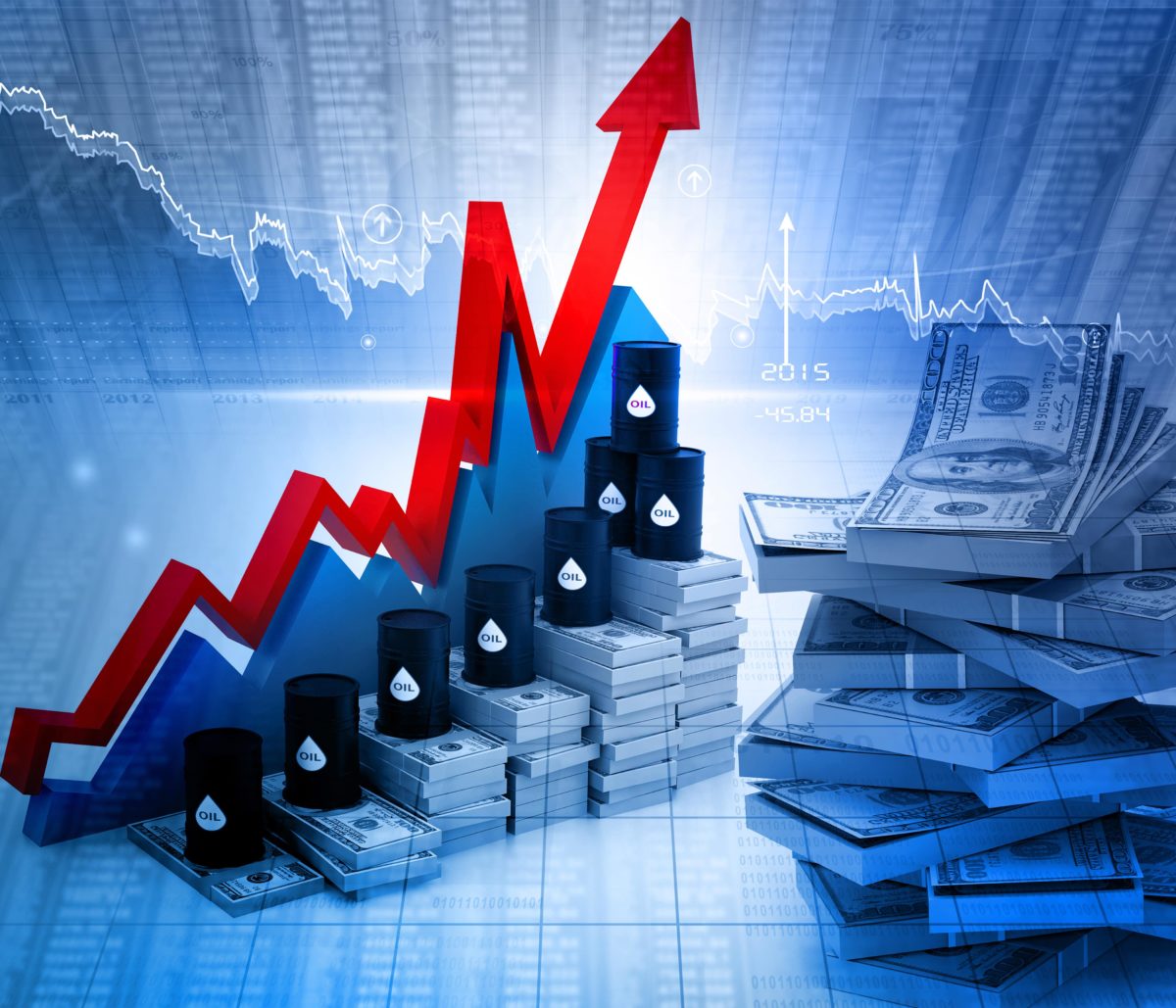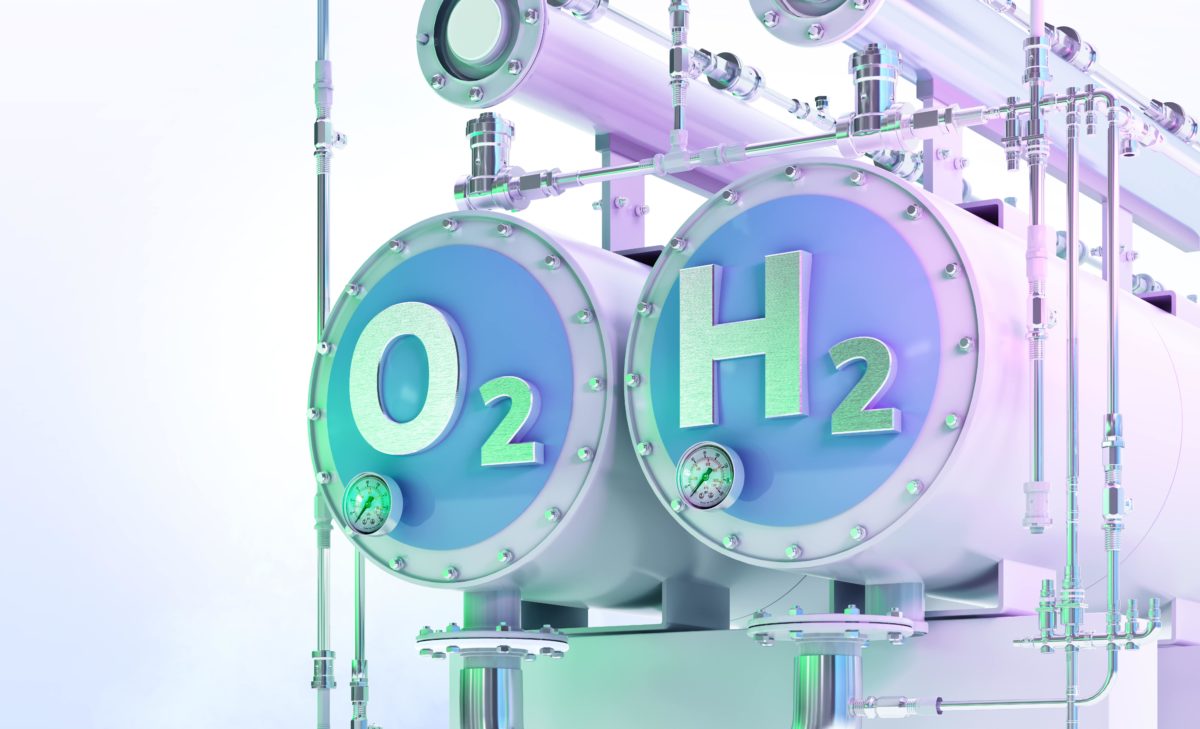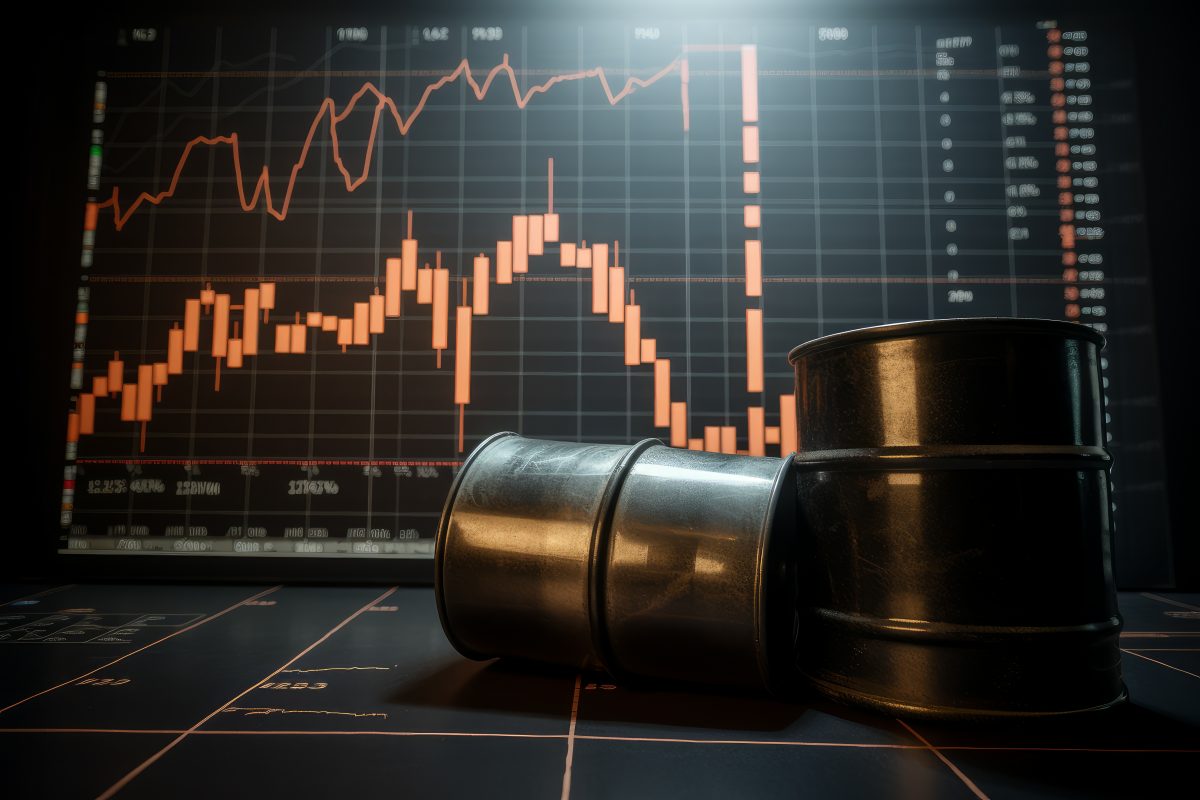Increased consolidation activity in U.S. oil and gas this year was followed by record profits and intensified competition for a limited amount of untapped resources. If you would like to know how to make the most of this M&A spree in U.S. oil and gas, our Global Energy Alert members get institutional-level updates on oil & gas stocks. Claim your 30-day risk-free trial today.
Texas Braces for the Biggest Electricity Demand Spike of This Year
Texas is set to confront its largest power generation squeeze this week as temperatures hit 105-110° F and will most probably push electricity consumption to the highest level on record.
– The previous record for Texas’ power consumption was set a year ago at 85.5 GW, however with the Dallas are expected to see 110° F in the first half of this week, ERCOT expects the new all-time high to be set at 86-87 GW.
– Electricity prices have been surging in unison with temperatures, with day-ahead quotes for Tuesday topping $500 per MWh, the highest hourly price in two weeks.
– Despite the heat, natural gas prices at the Waha hub have so far remained negative (-$1 per mmBtu on Monday), indicating that higher solar generation during the day and battery cover in the evening will be enough to cover the heatwave.
Market Movers
– Texas-based private equity firm Quantum Capital will acquire some Caerus Oil and Gas assets in Colorado’s Piceance Basin and Utah’s Uinta play for $1.8 billion as M&A activity moves into the Rocky Mountains.
– Upstream major APA (NASDAQ:APA) is considering the sale of some $1 billion worth of oil and gas assets in the Permian basin of Texas and New Mexico, seeking to pay down some of the debt incurred by the purchase of Callon Petroleum.
– Norway’s state oil company Equinor (NYSE:EQNR) has shut down its Gullfaks C offshore platform in the North Sea continental shelf after a well control issue that prompted the evacuation of staff.
Battered by weak economic data from China, oil prices have struggled to move closer to the $80 per barrel mark with ICE Brent now trading at $78 per barrel. With speculative positions tilted towards the bearish, the market will be looking at the Fed’s minutes and Jerome Powell’s Jackson Hole speech for bullish cues. Seeing Libya’s supply disruption dissipate, there are not that many currently.
M&A Activity Soars in the US Amidst Industry Consolidation. According to Ernst & Young, a total of $49.2 billion was spent on mergers and acquisitions in 2023, up 57% on the year, with the $59.5 billion Exxon-Pioneer deal alone set to surpass last year’s total and the $53 billion Chevron-Hess deal closing next year.
Related: BP To Develop Iraq’s Kirkuk Oil Fields On Profit-Sharing Model
Canada’s Rail Strike Unsettles Oil Industry. As Canadian rail workers ready for a nationwide strike on 22 August, rail movements of undiluted bitumen across Alberta could be jeopardized, however, for crude the impact should be relatively minor as TMX could accommodate some 200,000 b/d more oil.
Guyana Moves Past Its Exxon Partnership. In Guyana’s first-ever competitive bidding round, the South American country has finalized production sharing contracts for eight offshore blocks, with deals signed with TotalEnergies, QatarEnergy, Petronas, Hess, CNOOC as well as ExxonMobil.
French Major Eyes Kuwaiti Solar Expansion. French oil major TotalEnergies (NYSE:TTE) is set to sign a deal with Kuwait to construct a 1,100 MW solar photovoltaic plant in a consortium with regional firms Acwa Power and Masdar as Kuwait seeks to bring renewable generation to 15% by 2030.
Gold Prices Break Another Record. Gold prices have soared above $2,500 per ounce for the first time in history, and even though the bullion has dipped marginally since, the triple whammy of recession fears, geopolitical tensions and persistently high demand will most probably push gold even higher.
Algeria Saves Lebanon After Total Blackout. After Lebanon’s only remaining operational power plant exhausted its fuel supply on 17 August, prompting a nationwide blackout, Algeria has promised to step in and deliver fuel oil to the cash-strapped country in the Eastern Mediterranean.
Venezuela Oil Spill Comes at the Worst Time. An oil slick of about 90 square miles has formed in Venezuela’s Golfe Triste, located next to the 146,000 b/d El Palito refinery, aggravating oil contamination in the country that witnessed 86 oil spills in both 2022 and 2023.
West Africa Seeks to Calm Oil Tensions. Niger will be resuming oil exports through the territory of neighboring Benin after the 1,200-mile pipeline connecting the two countries was shut in June amidst military tensions, blocking CNPC’s production ramp-up from the Agadem oil field.
China Keeps the Nuclear Construction Frenzy Alive. The Chinese government has approved five new nuclear power projects with a combined design capacity of 2,866 MW, adding a boost to the country’s current 56 operational reactors as Beijing prioritizes no-emission power generation.
Libya Resumes Sharara Output to Feed Refinery. In a sign that Libyan supply disruptions could ease soon, the country’s national oil company said that production at the 300,000 b/d Sharara field (blocked for two weeks) has risen to some 85,000 b/d to maintain refinery runs at the Zawia refinery.
Copper Rebounds on Improving Chinese Consumption. Copper’s benchmark three-month contract has recovered to $9,110 per metric tonne this week after Chinese copper exports dropped 40% from June to 140,940 tonnes, indicating that demand conditions are improving in China.
Senegal Seeks to Revisit Oil Contracts. The new President of Senegal Diomaye Faye has set up a commission of legal and tax experts to review the country’s oil and gas contracts to ‘rebalance’ them in the national interest, just as the 100,000 b/d Sangomar project started producing this June.
Mexico Exempts Pemex from Paying Tax. The Mexican government gave state oil company Pemex a tax break for the fourth time this year already, not paying any profit-sharing levies nor production taxes in July and saving more than $6 billion in tax payments in 2024 to date.
By Oilprice.com, Tom Kool – Aug 20, 2024

